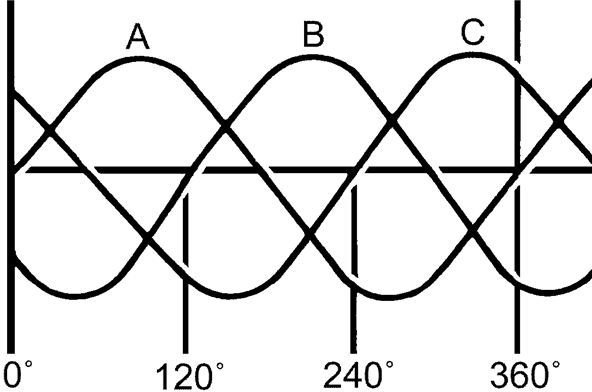Again, more unfortunate, or in this case, overloaded terms.(EE degree from long ago, seldom used today, and also a Software Engineering degree, where terms are, unfortunately, overloaded in that field as well.)
The 220V source is single phase. As you (and perhaps others) indicated, if you look at the waveform across L1 and L2, you see the single phase 220v. If you look at either split of that L1-Neutral vs L2-Neutral, they are 180 degrees out of phase with one another.
Single phase source, but your frame of reference determines how you see it.
Any 110v device sees single phase, regardless which 110v side it's on.
Likewise, any 220v device also sees single phase between L1 and L2.
Let's not get going with conventional current flow vs electron flow. It was hard enough unlearning what I knew to pass some Army tests that treated DC circuits as if current flow and electron flow were in the same direction.
Originally Posted By: Dave Sherman
Originally Posted By: SHOZ
Coming off one transformer it has to be single phase.
There are such things as 3-phase transformers, but yes, this is single phase. Early on, somebody said the two hots are 180 degrees out of phase WITH RESPECT TO NEUTRAL, and some others say no, they aren't. Whatever.






